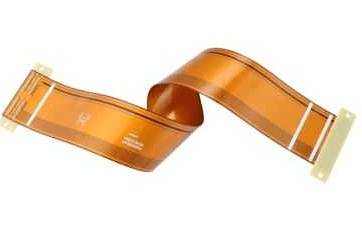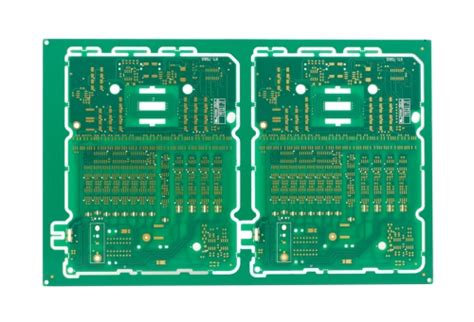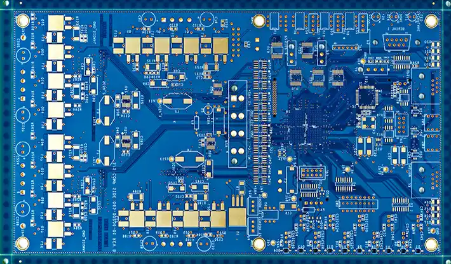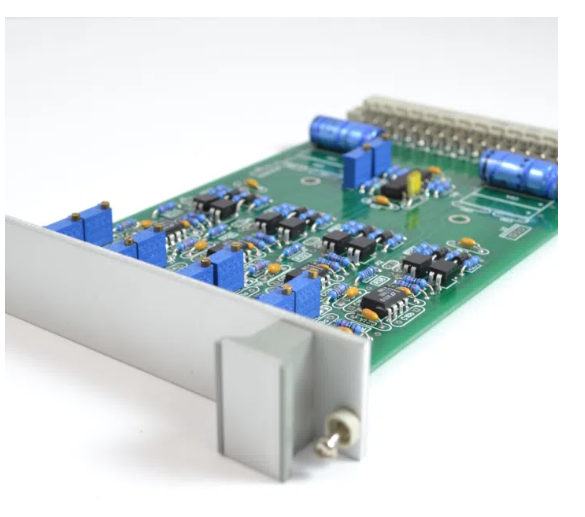Understanding Flexible PCB Thickness: A Comprehensive Guide
Introduction
Flexible Printed Circuit Boards (Flex PCBs) have become an integral part of modern electronics due to their ability to bend, fold, and conform to various shapes. These boards are widely used in applications ranging from consumer electronics to aerospace, where space constraints and flexibility are critical. One of the key factors that influence the performance, durability, and application of Flex PCBs is their thickness. This article delves into the various aspects of flexible PCB thickness, including its importance, factors affecting it, standard thickness ranges, and considerations for selecting the appropriate thickness for different applications.
1. The Importance of Flexible PCB Thickness
The thickness of a flexible PCB plays a crucial role in determining its mechanical and electrical properties. It affects the board’s flexibility, durability, thermal management, and overall performance. Here are some key reasons why thickness is important:
- Flexibility and Bendability: Thinner Flex PCBs are more flexible and can bend more easily, making them suitable for applications where the board needs to fit into tight spaces or undergo frequent bending.
- Durability: Thicker boards tend to be more durable and can withstand more mechanical stress, making them suitable for applications where the board may be subjected to harsh conditions.
- Electrical Performance: The thickness of the conductive layers and dielectric materials can affect the impedance, signal integrity, and overall electrical performance of the PCB.
- Thermal Management: Thicker boards may have better thermal management properties, as they can dissipate heat more effectively. This is particularly important in high-power applications.
- Weight and Space Constraints: In applications where weight and space are critical, such as in aerospace or wearable electronics, thinner Flex PCBs are preferred due to their lightweight and compact nature.
2. Factors Affecting Flexible PCB Thickness
Several factors influence the thickness of a flexible PCB. Understanding these factors is essential for designing and manufacturing Flex PCBs that meet the specific requirements of an application. The key factors include:
- Number of Layers: The number of conductive layers in a Flex PCB directly affects its thickness. Single-layer Flex PCBs are the thinnest, while multi-layer boards are thicker due to the additional layers of copper and dielectric materials.
- Copper Thickness: The thickness of the copper layers used in the PCB also contributes to the overall thickness. Copper thickness is typically measured in ounces per square foot (oz/ft²), with common thicknesses ranging from 0.5 oz to 2 oz.
- Dielectric Material Thickness: The dielectric material, which insulates the conductive layers, also contributes to the overall thickness. Common dielectric materials include polyimide and polyester, with thicknesses ranging from 12.5 µm to 125 µm.
- Adhesive Thickness: In some Flex PCBs, adhesive layers are used to bond the conductive layers to the dielectric material. The thickness of these adhesive layers can vary, adding to the overall thickness of the board.
- Coverlay Thickness: The coverlay is a protective layer applied to the outer surfaces of the Flex PCB. It provides insulation and protection against environmental factors. The thickness of the coverlay can vary, typically ranging from 25 µm to 50 µm.
- Stiffener Thickness: In some applications, stiffeners are added to certain areas of the Flex PCB to provide additional support and rigidity. The thickness of these stiffeners can vary depending on the application requirements.

3. Standard Thickness Ranges for Flexible PCBs
Flexible PCBs are available in a wide range of thicknesses, depending on the specific requirements of the application. Here are some standard thickness ranges for different types of Flex PCBs:
- Single-Layer Flex PCBs: These are the thinnest type of Flex PCBs, with typical thicknesses ranging from 0.1 mm to 0.3 mm. They consist of a single conductive layer sandwiched between two layers of dielectric material.
- Double-Layer Flex PCBs: These boards have two conductive layers separated by a dielectric material. The typical thickness ranges from 0.2 mm to 0.5 mm.
- Multi-Layer Flex PCBs: Multi-layer Flex PCBs have three or more conductive layers, with each layer separated by a dielectric material. The thickness of multi-layer Flex PCBs can vary significantly, typically ranging from 0.4 mm to 1.0 mm or more, depending on the number of layers and the thickness of the dielectric materials.
- Rigid-Flex PCBs: Rigid-Flex PCBs combine both rigid and flexible sections, with the flexible sections typically being thinner than the rigid sections. The overall thickness of Rigid-Flex PCBs can vary widely, depending on the design and application requirements.
4. Considerations for Selecting Flexible PCB Thickness
Selecting the appropriate thickness for a flexible PCB is a critical step in the design process. The following considerations should be taken into account when choosing the thickness:
- Application Requirements: The intended application of the Flex PCB is one of the most important factors to consider. For example, in wearable electronics or medical devices, where flexibility and lightweight are crucial, thinner Flex PCBs are preferred. In contrast, for industrial or automotive applications, where durability and thermal management are more important, thicker Flex PCBs may be more suitable.
- Bend Radius: The bend radius is the minimum radius that a Flex PCB can be bent without causing damage. Thinner Flex PCBs generally have a smaller bend radius, making them more suitable for applications that require tight bending or folding.
- Mechanical Stress: If the Flex PCB will be subjected to mechanical stress, such as vibration or repeated bending, a thicker board may be more appropriate to ensure durability and longevity.
- Electrical Performance: The thickness of the conductive layers and dielectric materials can affect the electrical performance of the PCB, including impedance, signal integrity, and power handling capabilities. It is important to select a thickness that meets the electrical requirements of the application.
- Thermal Management: In high-power applications, thermal management is a critical consideration. Thicker Flex PCBs may have better thermal dissipation properties, helping to prevent overheating and ensuring reliable operation.
- Weight and Space Constraints: In applications where weight and space are critical, such as in aerospace or portable electronics, thinner Flex PCBs are preferred due to their lightweight and compact nature.
- Manufacturing Constraints: The manufacturing process can also influence the choice of Flex PCB thickness. Thinner boards may be more challenging to manufacture, especially for multi-layer designs, and may require specialized equipment and processes.

5. Challenges and Trade-offs in Flexible PCB Thickness
While selecting the appropriate thickness for a Flex PCB is crucial, it often involves trade-offs between different factors. Here are some common challenges and trade-offs to consider:
- Flexibility vs. Durability: Thinner Flex PCBs offer greater flexibility but may be less durable, especially in applications with high mechanical stress. Conversely, thicker boards are more durable but may be less flexible.
- Electrical Performance vs. Thickness: Thicker conductive layers can improve power handling and reduce resistance, but they may also increase the overall thickness of the PCB, affecting flexibility and weight.
- Thermal Management vs. Thickness: Thicker boards may offer better thermal dissipation, but they may also be less flexible and more challenging to fit into tight spaces.
- Manufacturing Complexity vs. Thickness: Thinner Flex PCBs, especially multi-layer designs, may be more challenging to manufacture, potentially increasing production costs and lead times.
6. Future Trends in Flexible PCB Thickness
As technology continues to advance, the demand for thinner, lighter, and more flexible PCBs is expected to grow. Here are some future trends in flexible PCB thickness:
- Ultra-Thin Flex PCBs: With the increasing demand for miniaturization in electronics, there is a growing trend towards ultra-thin Flex PCBs. These boards are designed to be as thin as possible while still maintaining the necessary electrical and mechanical properties.
- Advanced Materials: The development of new materials with improved electrical, thermal, and mechanical properties is expected to enable the production of thinner and more flexible PCBs. For example, advanced polyimide materials with higher thermal conductivity and lower dielectric constant are being developed to improve the performance of thin Flex PCBs.
- 3D Printing and Additive Manufacturing: 3D printing and additive manufacturing technologies are being explored as potential methods for producing ultra-thin and complex Flex PCBs. These technologies offer the potential for greater design flexibility and reduced material waste.
- Integration with Other Technologies: Flex PCBs are increasingly being integrated with other technologies, such as flexible displays, sensors, and energy storage devices. This integration requires the development of thinner and more flexible PCBs that can accommodate these additional components.

Conclusion
The thickness of a flexible PCB is a critical factor that influences its performance, durability, and suitability for different applications. Understanding the factors that affect Flex PCB thickness, as well as the trade-offs involved, is essential for designing and manufacturing boards that meet the specific requirements of an application. As technology continues to advance, the demand for thinner, lighter, and more flexible PCBs is expected to grow, driving innovation in materials, manufacturing processes, and design techniques. By carefully considering the various aspects of Flex PCB thickness, engineers and designers can create boards that offer the optimal balance of flexibility, durability, and performance for their intended applications.







